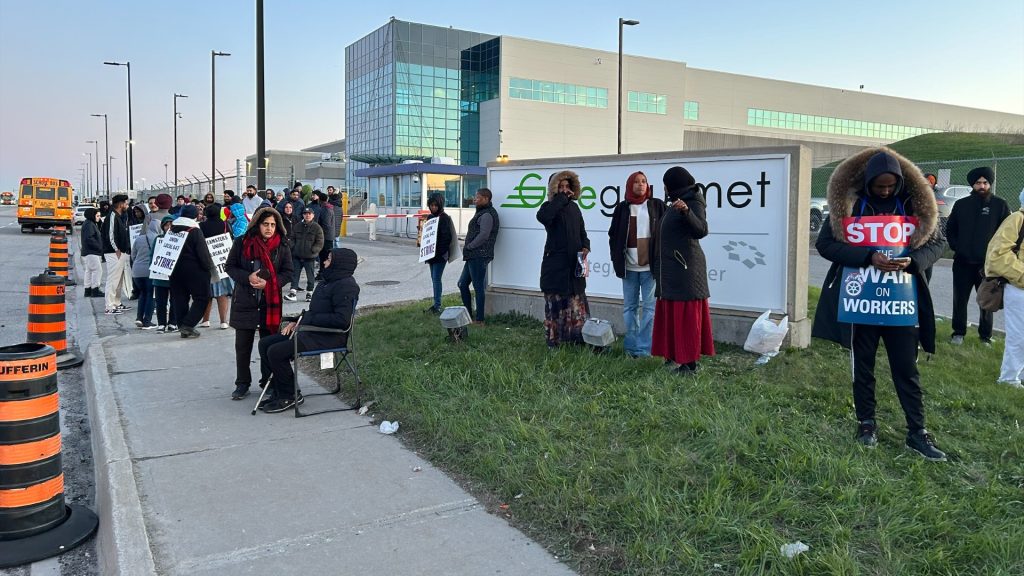Ontario hiring health staff, distributing more naloxone to fight opioid crisis
Posted June 12, 2017 2:01 pm.
Last Updated June 13, 2017 5:58 am.
This article is more than 5 years old.
Ontario is putting $15 million toward hiring more addiction and mental health workers and distributing more kits with the overdose-reversing drug naloxone as it tries to combat an opioid crisis.
Health Minister Eric Hoskins announced the funding Monday ahead of a meeting with mayors to discuss the crisis that saw 412 Ontarians die of opioid overdoses in the first six months of last year – an 11-per-cent increase from the previous year.
“It’s a tragedy that’s impacting families in every community in Ontario,” Hoskins said.
Part of the funding will go toward hiring up to four more front-line workers in every public health unit in the province.
“This investment will help municipalities across Ontario better support their community members impacted by opioid use disorder and overdose,” Hoskins said.
The province will also distribute nearly 80,000 more naloxone kits per year through community outreach organizations that work with people at a higher risk of overdose, such as shelters and harm reduction services.
“This new program will ensure that…hopefully every person who is at risk of an opioid overdose has access to naloxone,” Hoskins said.
Thousands of naloxone kits have already been dispensed free of charge at pharmacies, public health units, needle exchange and hepatitis C programs, as well as provincial correctional facilities.
Hoskins made the announcement Monday at one of three future safe injection sites in Toronto, alongside Mayor John Tory.
“This is a vital public health issue for Toronto and make no mistake, this is all about saving lives,” Tory said.
Following the announcement, Hoskins met with mayors and health officials from Toronto, Ottawa, Hamilton, Thunder Bay, Kitchener, Brampton, Mississauga, Sarnia, Sudbury and Windsor, as well as officials from municipality associations.
Premier Kathleen Wynne said it’s important for municipalities to share information and expertise on dealing with opioids, as well as let the province know what gaps exist so it can work to close them.
“Each municipality is somewhat different,” she said. “There are municipalities where this has been an ongoing issue and they are seeing some spikes, and then there are municipalities where this has not been an issue at all and now all of a sudden it is something that they are grappling with.”










